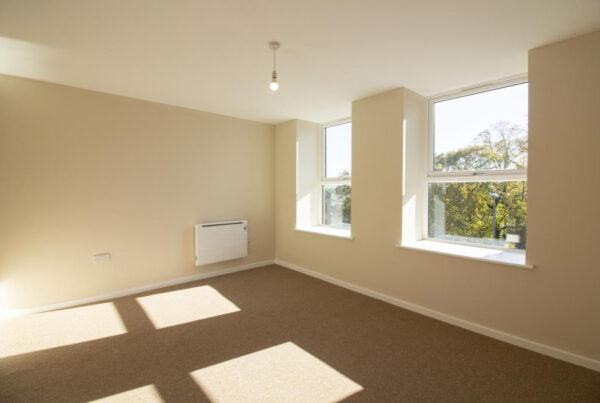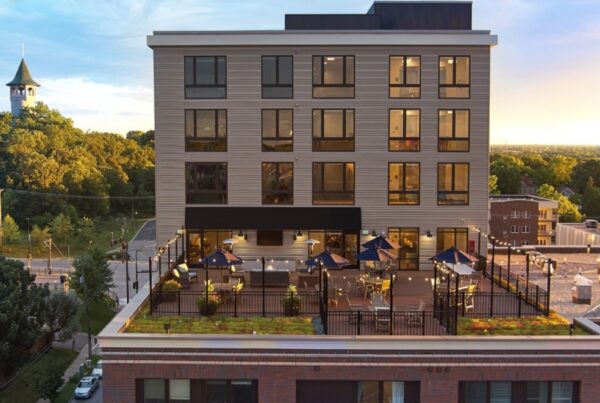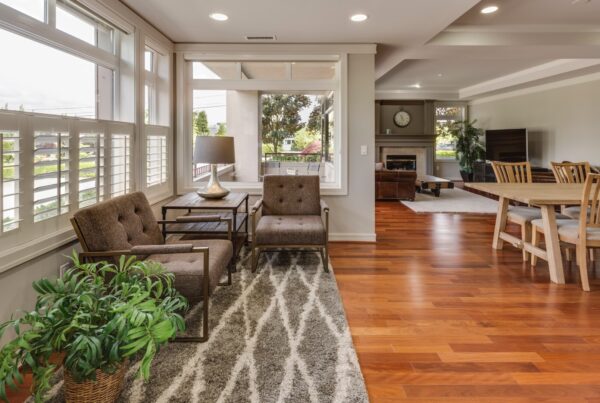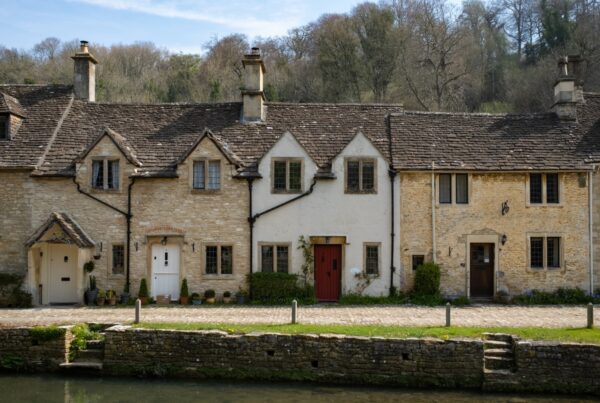We’ve put together this guide of the top property investment types to consider when starting or expanding your portfolio, from hotel rooms and holiday homes, to everything in between. As a property investment company with over 20 years of experience helping new and seasoned investors begin and grow their portfolios, we know a thing or two about this subject.
Property investment is and always will be one of the most stable and profitable investments out there — after all, there will always be demand for real estate, meaning property investment invariably offers the potential for huge returns.
So, let’s look at the main types of real estate investment you should be thinking about.
Types of property investments
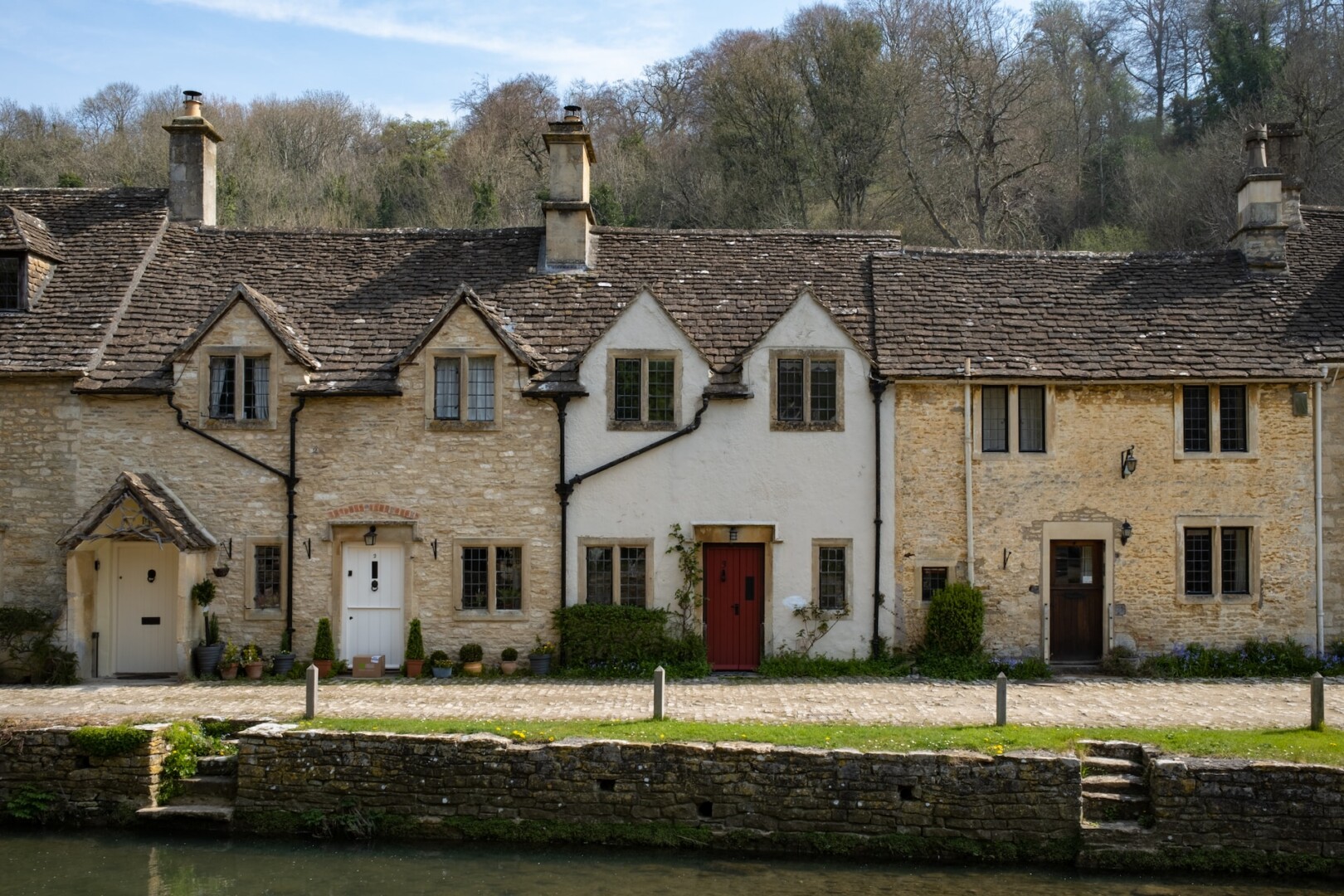
Traditional buy-to-let
The most common type of property investment, traditional buy-to-let is where you invest in a residential property and rent it out to tenants. This is typically a medium-to-long term investment, and nearly all kinds of residential real estate can be used as a buy-to-let.
What we like:
- Steady rental income: Buy-to-let properties provide a consistent income stream through monthly rental payments.
- Long-term capital appreciation: Over time, the value of the property may increase, leading to potential capital gains.
- Tangible asset: Investors own a physical asset that can serve as a hedge against inflation.
Areas of consideration:
- Market fluctuations: The property market can be volatile, affecting rental income and property value.
- Management responsibilities: If you choose not to use a management company, landlords are responsible for property maintenance, tenant management, and handling repairs.
- Vacancy risk: If the property remains vacant, the investor’s income stream can be impacted.

Hotel rooms
Investing in hotel rooms involves buying individual rooms within operational hotels and becoming their leaseholder, and earning income from those who use the rooms over time. It is a more hands-off form of investment, seeing as the hotel operator will take on the management of the room.
What we like:
- Passive income: Investors can earn a portion of the hotel’s rental income without directly managing the property.
- Professional management: Hotel staff handle all aspects of property management on your behalf, including maintenance and guest services.
- Exposure to tourism: Hotel investments offer exposure to the travel and tourism industry, which can offer huge returns during peak periods in particular.
Areas of consideration:
- Market dependency: The performance of hotel room investments is closely tied to the tourism industry’s fluctuations.
- Limited control: Investors have little say in the day-to-day management and operation of the hotel room.
- Management fees: Investors often incur management fees that can impact their overall returns.

Student accommodation
A student accommodation property investment is similar to a traditional buy-to-let in that an investor buys a property to rent it out. The only difference is that these properties are rented out exclusively to students. Consequently, such investments are usually located in major cities or close to university campuses. They might also be houses in multiple occupation (HMOs) — more on this type of property investment later.
What we like:
- Consistent demand: Student populations always require housing, offering a steady tenant pool.
- Higher yields: Rental yields from student accommodation can be higher due to multiple tenants sharing the property.
- Long lease terms: Students often sign leases for an academic year, providing stability for investors.
Areas of consideration:
- Seasonal demand: The demand for student accommodation can be seasonal, with vacancies during summer breaks.
- Property wear and tear: Student tenants might not take care of the property as well as other tenants.
- Location sensitivity: Proximity to educational institutions is crucial, and investments may be concentrated in less favourable areas.

Holiday homes
Holiday homes are rented out to people on a short-term basis, giving them a place to stay during a holiday or trip. This type of property comes in various forms, and typically experiences seasonal fluctuations — though some city-centre investments may enjoy year-round traffic.
What we like:
- High rental income: Holiday homes can generate significant income during peak holiday seasons.
- Personal use: Investors can use the property for personal holidays during off-peak times.
- Property appreciation: Properties in popular tourist spots can appreciate in value over time.
Areas of consideration:
- Seasonal income: Like student accommodation and hotel rooms, holiday homes can have seasonal rental income patterns.
- Management challenges: Managing remote properties can be challenging, especially in terms of maintenance and guest turnovers.
- Competitive market: Holiday rental markets can be competitive, impacting occupancy rates and income.

HMOs (Houses of multiple occupancy)
HMOs investments involve buying a home with multiple rooms in it and renting out each one to a separate tenant. While this type of property investment is typically associated with student accommodation, it can be done with any kind of tenant.
What we like:
- Higher rental yields: Rental income from multiple tenants can result in higher yields compared to traditional rentals.
- Reduced vacancy risk: Even if some rooms are vacant, others may still be generating income.
- Flexible rental agreements: HMOs often offer shorter-term leases, allowing for adjustments in rental rates.
Areas of consideration:
- Complex regulations: HMO properties are subject to specific regulations, which can be more complex than regular rentals.
- Management intensity: Managing multiple tenants, coordinating leases, and maintaining common areas can be demanding.
- Tenant dynamics: Conflicts among tenants are more likely to arise in an HMO as opposed to a family home, for example, leading to potential management challenges.

Co-living
Co-living properties are more geared towards communal living than HMOs, coming with less personal space in favour of larger shared kitchens, living rooms and laundry facilities. They may also provide social spaces like gyms and cafes.
What we like:
- Built-in amenities: As co-living properties often include communal amenities, they are more appealing to tenants and potentially allow for higher rent charges.
- Trendy and in-demand: Co-living is a growing trend, especially among younger generations who value flexibility and community living. This can result in strong demand.
- Steady income: Co-living properties can provide a steady stream of rental income due to multiple tenants paying rent.
Areas of consideration:
- Management challenges: Co-living properties can require more active management due to multiple tenants, turnovers, and common area upkeep.
- High initial costs: Setting up a co-living property with communal spaces and furnishings can be expensive, which may eat into initial returns.
- Tenant turnover: Co-living properties may experience higher tenant turnover as individuals come and go.

Off-market
Off-market properties are those not publicly listed for sale on the market. For instance, many celebrities and high-net-worth individuals tend to sell their properties this way in order to avoid unwanted attention. It’s important to note that off-market properties are different to off-plan properties, which we’ll come onto soon.
What we like:
- Potential bargains: Off-market properties might be acquired at a lower price due to reduced competition.
- Exclusivity: Investors can access unique investment opportunities that others might not be aware of.
- Reduced bidding wars: Off-market deals can avoid the competitive bidding that often occurs in the public market.
Areas of consideration:
- Limited options: Finding suitable off-market properties can be more challenging compared to listed properties.
- Information disparity: Due diligence might be more difficult as off-market properties may lack comprehensive public information.
- Networking requirements: Building relationships with industry professionals is crucial for accessing off-market deals.

Off-plan
Investing in an off-plan property involves purchasing a property before it is actually fully constructed and habitable. This has become an increasingly popular investment strategy for those looking to pay less for their investment, with such properties typically available at below-market prices.
What we like:
- Potential capital appreciation: Off-plan properties can appreciate in value by the time they are completed.
- Market growth: Consistent growth in the rental market can provide greater returns by the time of completion.
- Payment flexibility: Payment plans for off-plan properties are often more flexible than traditional purchases.
Areas of consideration:
- Development risks: Delays or changes in the development plan can impact the investment timeline.
- Market uncertainty: Property values can fluctuate before completion, affecting potential returns.
- Limited rental income: Investors will need to wait until completion to start generating rental income.

Build-to-rent
Build-to-rent properties are those specifically catered towards renters rather than owner-occupiers. They often come with aspects like onsite management services, amenities, and shared spaces such as gardens and fitness centres.
What we like:
- Purpose-built: Properties are designed specifically for rental purposes, meeting tenant demands.
- Professional management: Such properties are usually managed by management companies, making them more of a passive investment.
- Consistent yields: Build-to-rent properties are optimised for rental income, offering stability.
Areas of consideration:
- High upfront investment: This type of property requires significant upfront investment, something that makes it unsuitable for small-scale investors.
- Delayed returns: Although investors can expect residual income to flow as soon as tenants move in, most of these initial earnings will go towards covering loan repayments.
- Long-term ROI uncertainty: The long-term return on investment (ROI) of a build-to-rent property depends on factors such as rent appreciation, ongoing maintenance costs, and property management effectiveness.
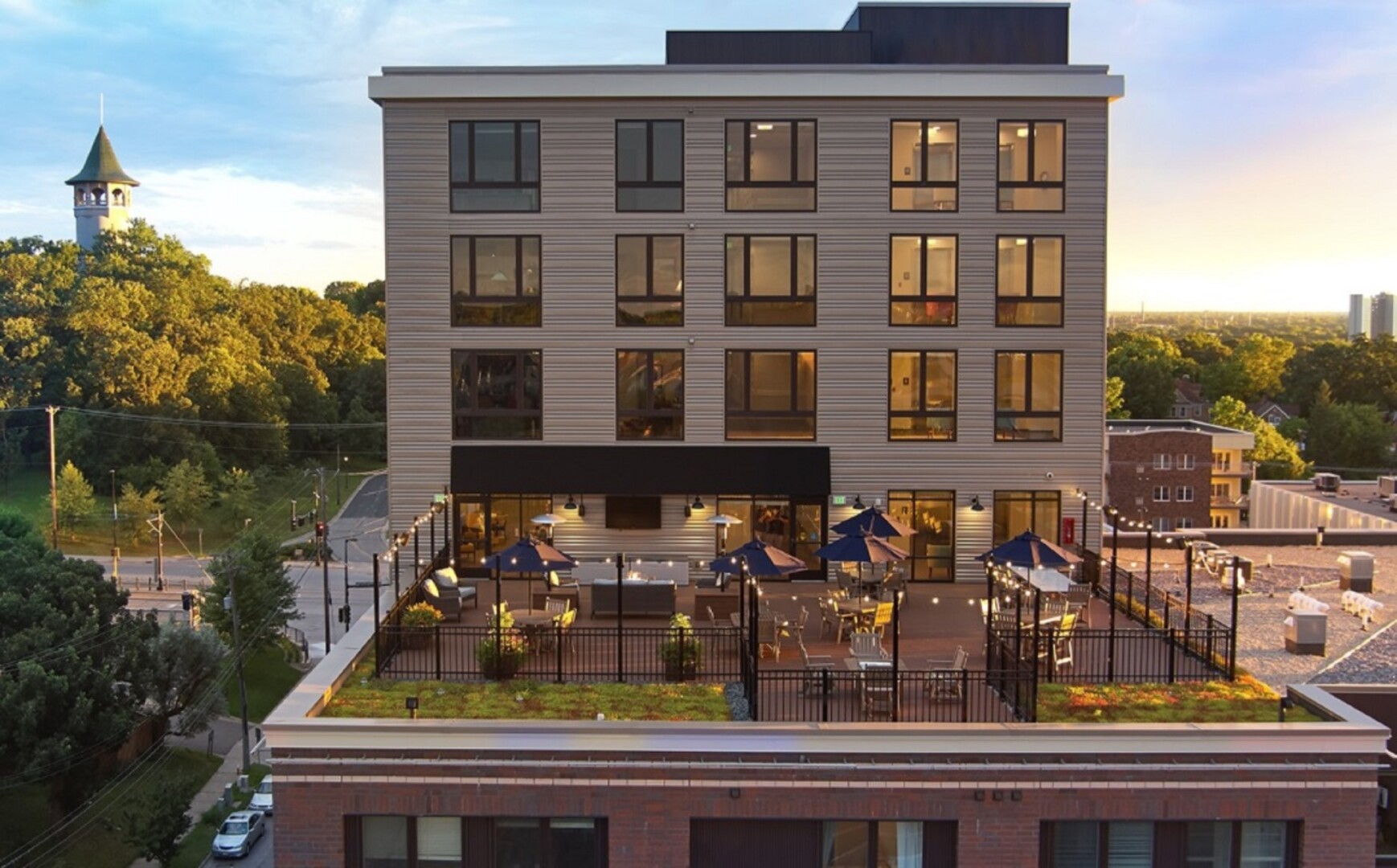
Assisted living
Assisted living properties are residential facilities designed for seniors who require some help with daily tasks but want to maintain their independence. These communities provide services like meals, housekeeping, and social activities in a supportive environment.
What we like:
- Growing demand: With an ageing population, there’s a steady and increasing demand for senior housing and care facilities.
- Recession resistance: The need for assisted living often remains stable during economic downturns, providing a resilient investment.
- Potential for steady income: Assisted living properties typically offer reliable rental income, often with long-term leases.
Areas of consideration:
- Regulatory challenges: Compliance with complex healthcare and safety regulations can be demanding, leading to increased operational costs.
- Property management: Managing healthcare staff and maintaining the facility can be challenging, requiring specialised expertise.
- Market saturation: In some areas, there may be a saturation of senior housing options, potentially affecting occupancy rates and competition.
So, now you know the main types of property investment to consider, you’re a step closer to starting or continuing your investor journey yourself.
Using our decades of experience, expert market insights and wealth of property investment knowledge, Alesco can help you build a profitable property portfolio in almost no time. No matter if you are looking for immediate returns, consistently high rental yields, or strong capital growth, we can find you the perfect property investment opportunity from our exclusive portfolio and help you realise your ambitions.
Contact us to find out more or to make an enquiry.

Written by: Ben Whitaker
Experienced professional working in the real estate investments sector. Assisting and advising clients on the acquisition of property across a range of asset classes, with view to achieving robust return on investment.
